Much of the information below was compiled from the article Holter Dam’s Century of Excellence from Hydro Review, March 25th, 2020. Historic photos courtesy of Helena as She Was
It’s not something we spend much time thinking about but that massive structure we’ve become so accustomed to seeing, which holds back the Mighty Missouri and which marks the start of one of the most prolific trout fisheries in North America, not only produces electricity to supply much of the region with power but is also an amazing piece of engineering history, having been in operation for more than 100 years.
Recently our shop staff had the opportunity to tour the facility from the bottom up and it is truly an amazing thing to see.
Holter Dam is one of a series of hydroelectric, straight gravity dams on the Missouri River. The dam is a run-of-the-river dam because it can generate electricity without needing to store additional water supplies behind the dam.
Prior to our tour I had little understanding of how a hydroelectric dam works and while I’m still fairly ignorant of the process, it’s nice to finally have a basic knowledge of what’s happening inside the Powerhouse of a dam. The illustration below is not Holter specific but does show the basics of hydroelectric power generation.
One of the things that really struck me is that much of what you see in the way of design and equipment are much the same as they were when construction of the dam was completed in 1918. When you consider the pace at which technology is currently progressing, it is amazing to think that power generation is happening the same way now as it was in 1918. It is obviously more efficient now, but the basic concepts and designs are unchanged. Holter Dam continues to perform with high reliability with the original infrastructure and design intact.
Electricity produced by Holter Dam is used to supply tens of thousands of residential and commercial electric customers in Helena, Great Falls, Butte, and Missoula with clean, affordable, and reliable energy.
The dam was inducted into the Hydro Hall of Fame in 2019.
Originally known as the Wolf Creek Project, Holter Dam was one of several business ventures of a partnership formed between Anton Holter and entrepreneur Samuel T Hauser. Construction of Holter Dam was on the drawing board during the construction of Hauser Dam at the turn of the century.
Both projects came at a time when the State of Montana was developing Hydro power in large part to support copper mining in the region which was booming because the country was in the process of electrification and needed copper wire everywhere.
Work was halted on the dam in 1909 due to cost over-runs and fear of bankruptcy. Work resumed in 1916 by Montana Power Company with around five hundred workers on the job site. The construction camp at Holter was the largest ever built by MPC and included more than 115 structures, the very last of which still stand as dam employee housing.
The first turbine-generator unit was operational by 1917 and was joined by three others in 1918. The finished dam was 1,350 feet long and more than 110 feet high, which was the highest dam in Montana at the time of completion.
The powerhouse contains 4 12-MW turbine generator units that generate 6600 Volts, four 20,000 kVA transformers that set the voltage to 100,000 volts. Holter Lake impounds 240,000 acre-feet of water.
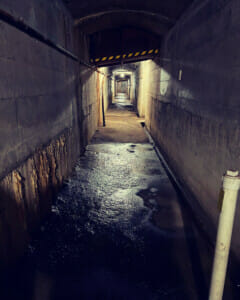
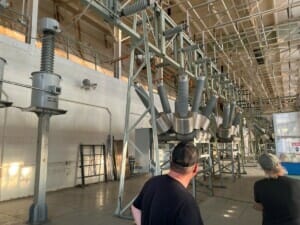
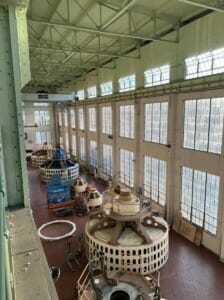
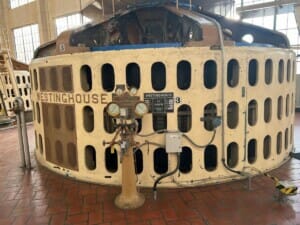
MPC owned the dam until 1999 when all power generating facilities were sold to PPL Montana which operated the facility until 2014 when Northwestern Energy purchased the PPL Hydro facilities.
So next time you are fishing the dam and you hear the siren indicating an increase in release volume from the spill bays you might take a second and think about what’s actually going on in that building which we often don’t even notice because we’ve seen it a million times.
We often reduce the dam operation to Cubic Feet per Second and how flows are going to affect our fishing but there is a much larger picture, one framed in history, which it is worth taking the time to understand and appreciate.
Our sincere thanks to Cody Gatch, Operations Foreman at the dam, for taking the time to give our shop staff an informative, interesting, and entertaining look at Holter Dam.

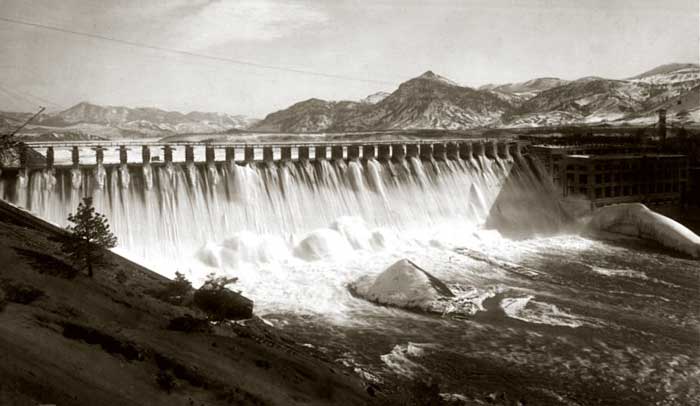
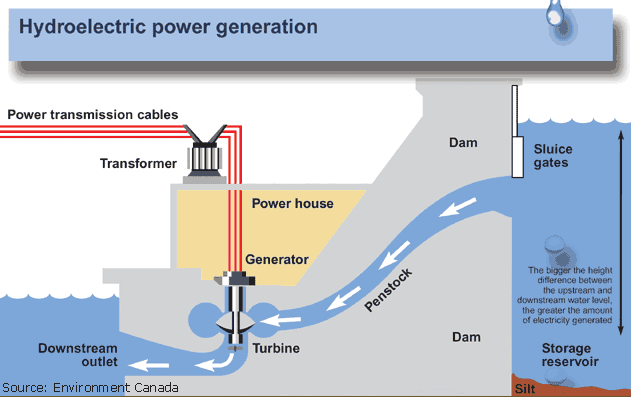
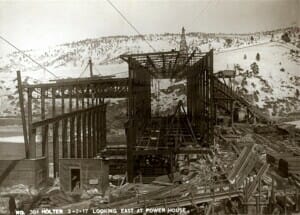
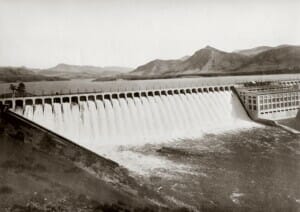
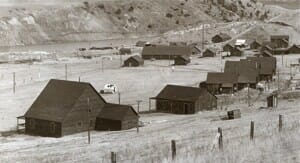
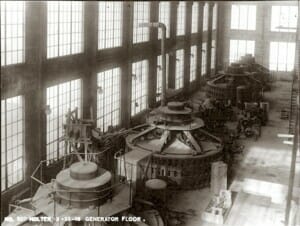
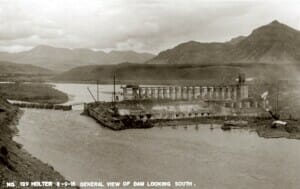
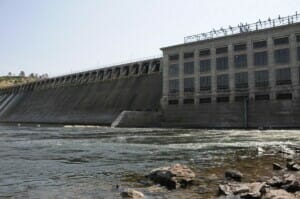
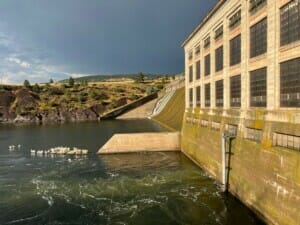
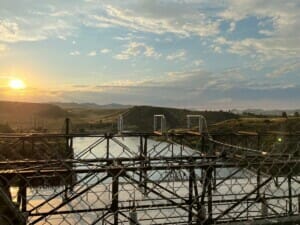
Wow! So interesting. Thanks.
I stay at the BLM campsites both above the dam, and below the dam twice a year. My dad who has passed used to fish there all the time. He died at age 96. It is truly a amazingly beautiful , and never miss a year enjoying what was created years ago! Thank you for doing this article! Well done!